Blood moon: what it is and where to see it
The longest total solar eclipse of the 21st century will be visible in UK skies tonight
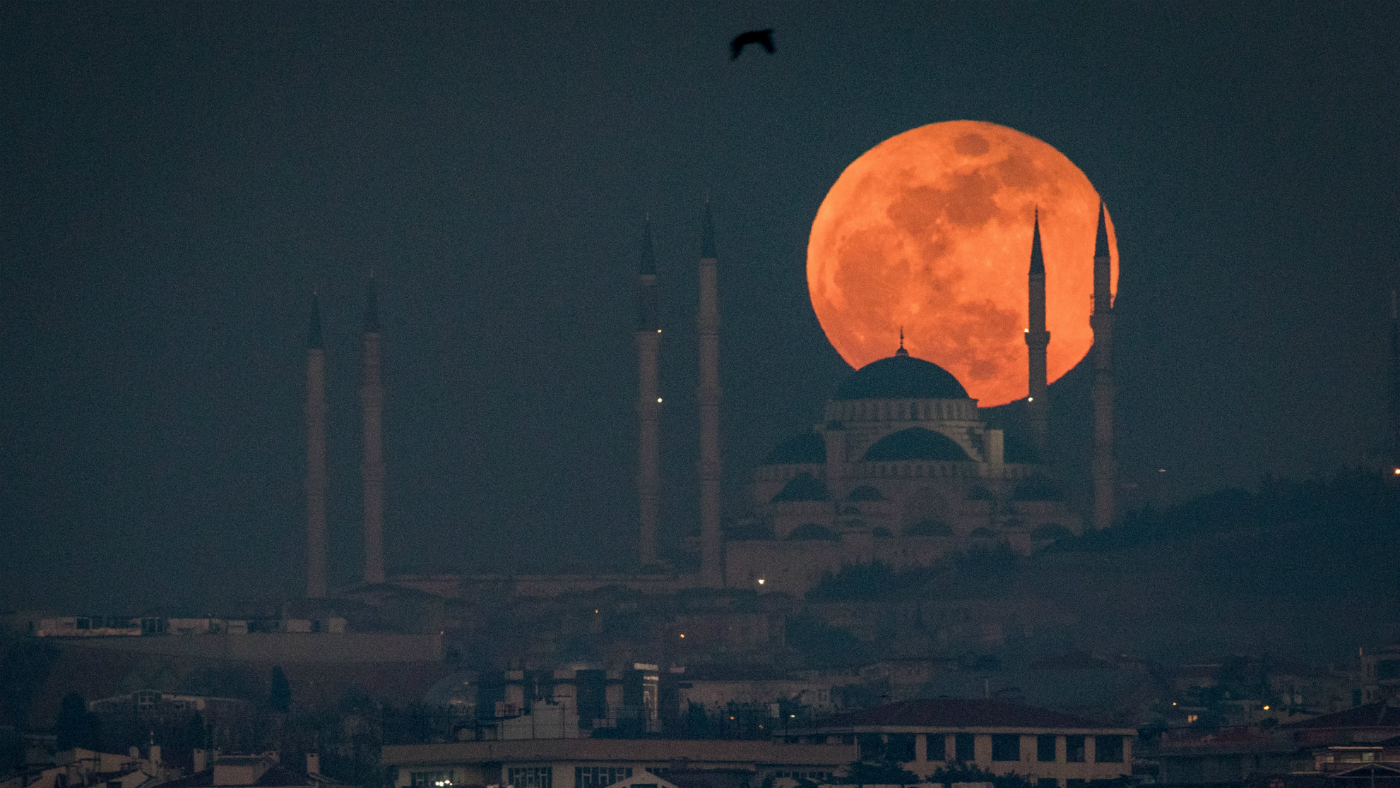
One of astronomy’s most spectacular sights will appear in Britain at sunset tonight when the longest blood moon of this century will combine with unusually bright sightings of Mars.
The unusual alignment will have “astronomers and amateur stargazers alike looking to the heavens for a show unlikely to be matched for many years”, says The Times.
The main event – the longest lunar eclipse for at least another 82 years – happens when the Moon passes through the Earth’s shadow, glowing red in refracted light.
The Week
Escape your echo chamber. Get the facts behind the news, plus analysis from multiple perspectives.

Sign up for The Week's Free Newsletters
From our morning news briefing to a weekly Good News Newsletter, get the best of The Week delivered directly to your inbox.
From our morning news briefing to a weekly Good News Newsletter, get the best of The Week delivered directly to your inbox.
“Weather permitting, it should give the evening a special, exciting edge,” says Sheila Kanani of the Royal Astronomical Society.
“The two red objects in the sky will be a spectacular combination,” says Professor Andrew Coates of University College London’s Mullard Space Science Laboratory.
The eclipse is predicted to last a record-breaking one hour and 43 minutes, says The Daily Telegraph. The paper adds that UK observers will be “slightly late to the party, as the moon will already be in the Earth’s shadow when it appears at around 9pm”.
As if this wasn’t enough, “the night-time spectacle will be topped off by the presence of the International Space Station as it orbits the Earth”, the Telegraph adds.
A free daily email with the biggest news stories of the day – and the best features from TheWeek.com
So what exactly is a blood moon?
A total lunar eclipse happens when the Earth passes between the Sun and the Moon, casting a shadow on the latter.
During totality - the point at which the Moon is entirely in the Earth’s shadow - the only light reaching the Moon is being refracted through the Earth’s atmosphere, and is subjected to a physical phenomenon known as Rayleigh scattering.
Rayleigh scattering, named after British physicist Lord Rayleigh, dictates that smaller-wavelength colours in the electromagnetic spectrum (such as shades of blue, purple and green) are scattered by the edges of Earth’s atmosphere, while longer-wavelength colours (shades of red, orange and yellow) are able to refract or bend around our planet and continue onto the surface of the Moon.
Earth’s atmospheric conditions during the eclipse (particularly dust, humidity and temperature) will then “decide what shade of colour, in the spectrum of copper brown to deep red, the Moon dons”, says news site Tech2.
The Guardian says that some experts are “unimpressed by the biblical moniker for this evening’s event”.
“People keep referring to it as a ‘blood moon’. It’s a lunar eclipse,” Helen Klus of the Royal Astronomical Society told the paper. “It’s something that people have heard of before,” she said.
What time will we be able to see it?
The moon will rise this evening at 8.49pm in London and 9.22pm in Edinburgh. The full eclipse is expected to finish at 10.13pm, from which time a partial eclipse will last until midnight.
Mars will appear about two degrees above the horizon, on the opposite side of the Earth to the sun, “making it appear redder than usual”, says the Times.
The prime time to see the moon’s redness will be immediately after it rises, according to the Royal Astronomical Society. It’s best to position yourself in an area with “low-light pollution, like the countryside, or a high vantage point in built-up areas”, the group says.
There’s no need to wear goggles or filters to watch a blood moon, as is necessary with solar eclipses. “It is safe to watch with the naked eye,” astronomer Tom Kerss of the Royal Observatory Greenwich told The Guardian. “You could use a telescope but, to be frank, it will be just as dramatic to watch it without aids as the red moon slowly rises in the sky over Britain and the shadow of the Earth passes from its surface.”
“This is actually almost as long as a lunar eclipse could be,” Professor Tim O’Brien, an astrophysicist at the University of Manchester, explained.
If you do miss this one, you won’t have to wait too long for another opportunity: the next total lunar eclipse will take place on 21 January 2019 and will be visible across Western Europe and North Africa.
-
 The best homes of the year
The best homes of the yearFeature Featuring a former helicopter engine repair workshop in Washington, D.C. and high-rise living in San Francisco
-
 Critics’ choice: The year’s top 10 movies
Critics’ choice: The year’s top 10 moviesFeature ‘One Battle After Another’ and ‘It Was Just an Accident’ stand out
-
 The small Caribbean island courting crypto billions
The small Caribbean island courting crypto billionsUnder the Radar Crypto mogul Olivier Janssens plans to create a libertarian utopia on Nevis
-
 The Week Unwrapped podcast: Jared’s mission, puberty and a telescopic loss
The Week Unwrapped podcast: Jared’s mission, puberty and a telescopic lossThe Week Recommends What is Jared Kushner up to? How will a new court ruling affect young trans people? And why was a great telescope left to rot?
-
 Pet parrot saves man from house fire
Pet parrot saves man from house fireSpeed Read And other stories from the stranger side of life
-
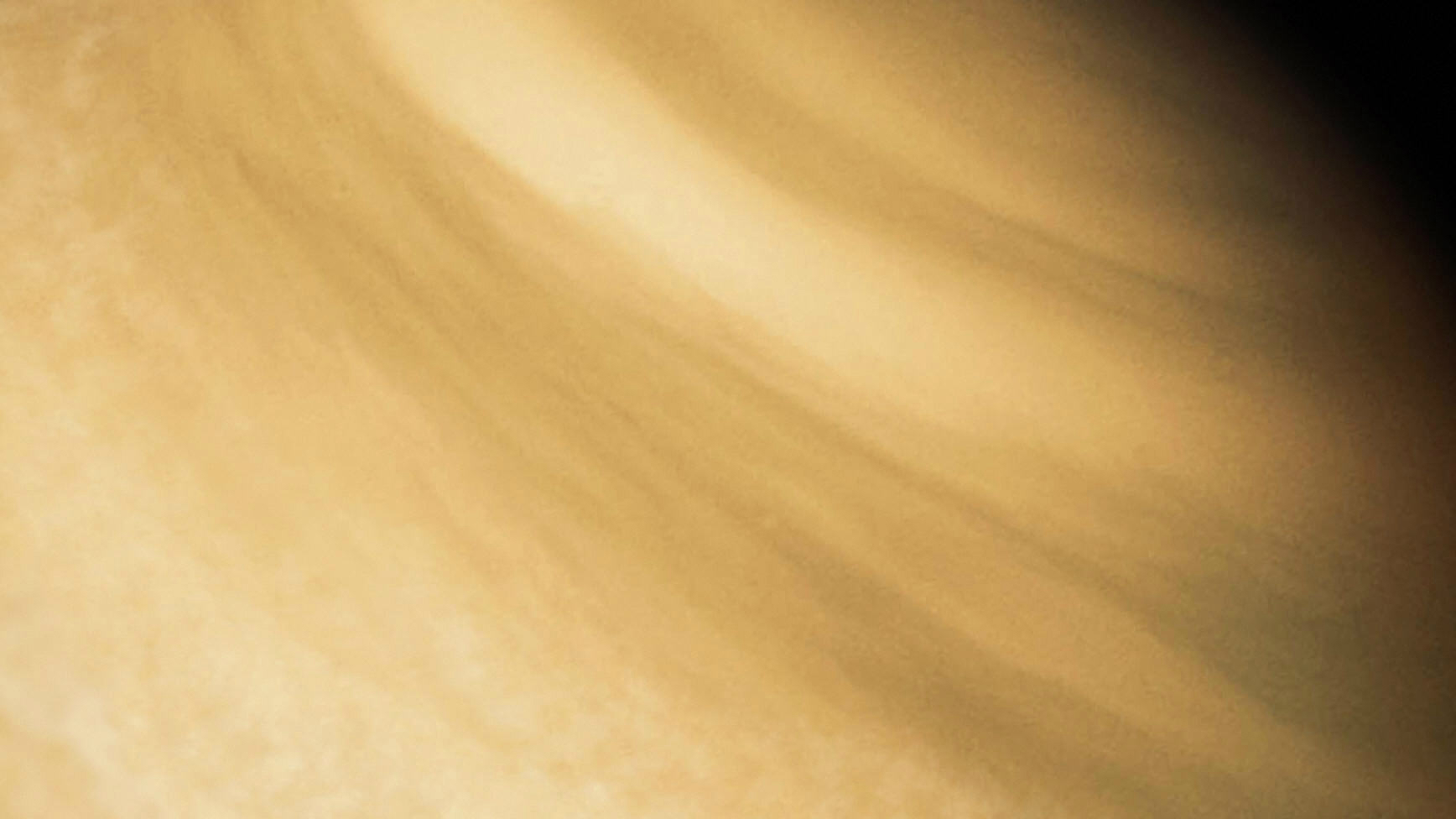 Life on Venus? What we know so far
Life on Venus? What we know so farIn Depth Astronomers announce ‘mind-boggling’ discovery of ‘biosignature’ gas phosphine in clouds above the planet
-
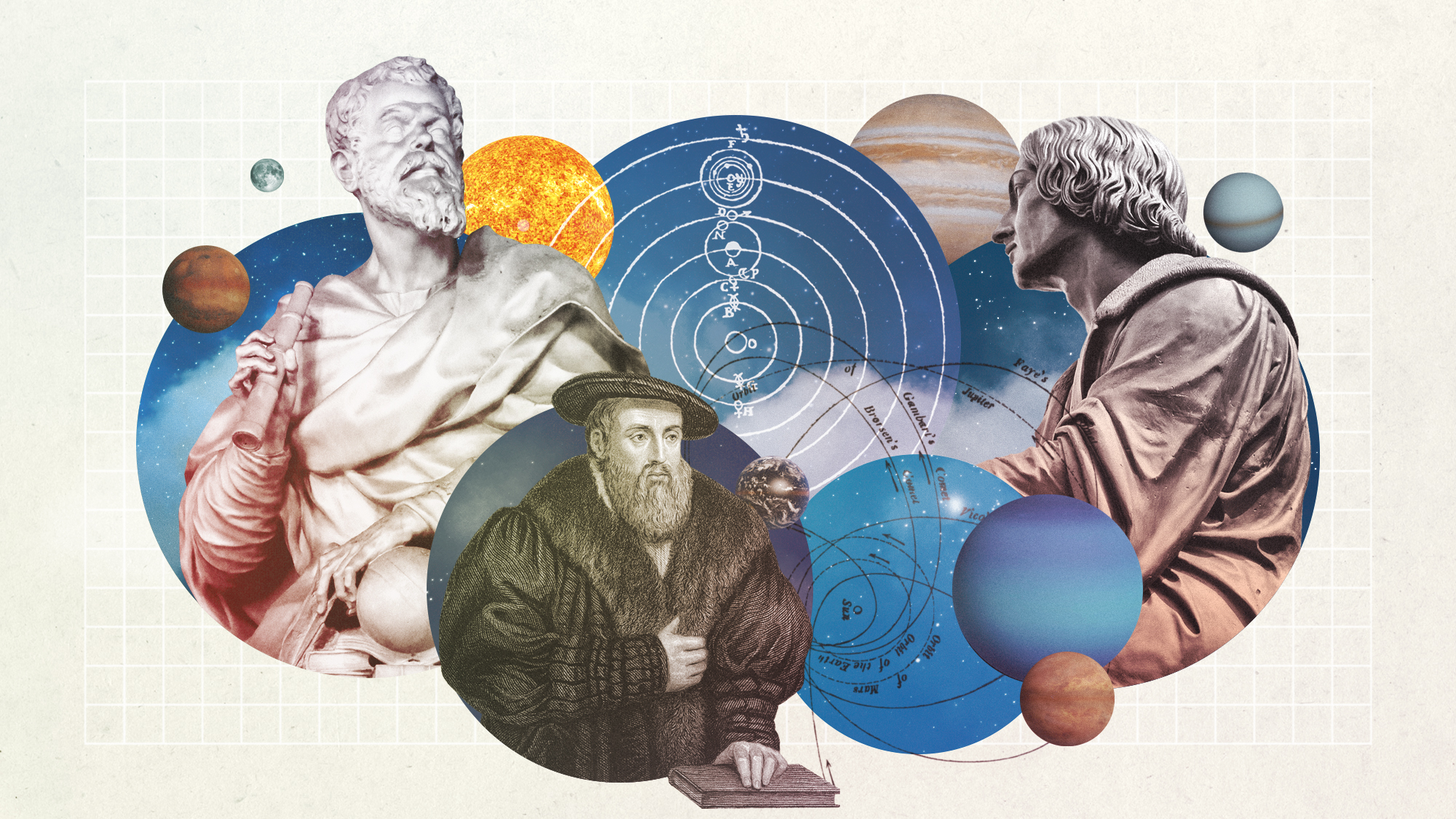 Heliocentrism explained in 60 seconds: ideas that changed the world
Heliocentrism explained in 60 seconds: ideas that changed the worldIn Depth The discovery that Earth revolves around the Sun laid the foundations for modern physics
-
 Double moon 27 August: hoax returns to fool Facebook yet again
Double moon 27 August: hoax returns to fool Facebook yet againSpeed Read A rumour is doing the rounds that there will be a 'spectacular double moon' in the sky in late August but astronomers say it's all nonsense
-
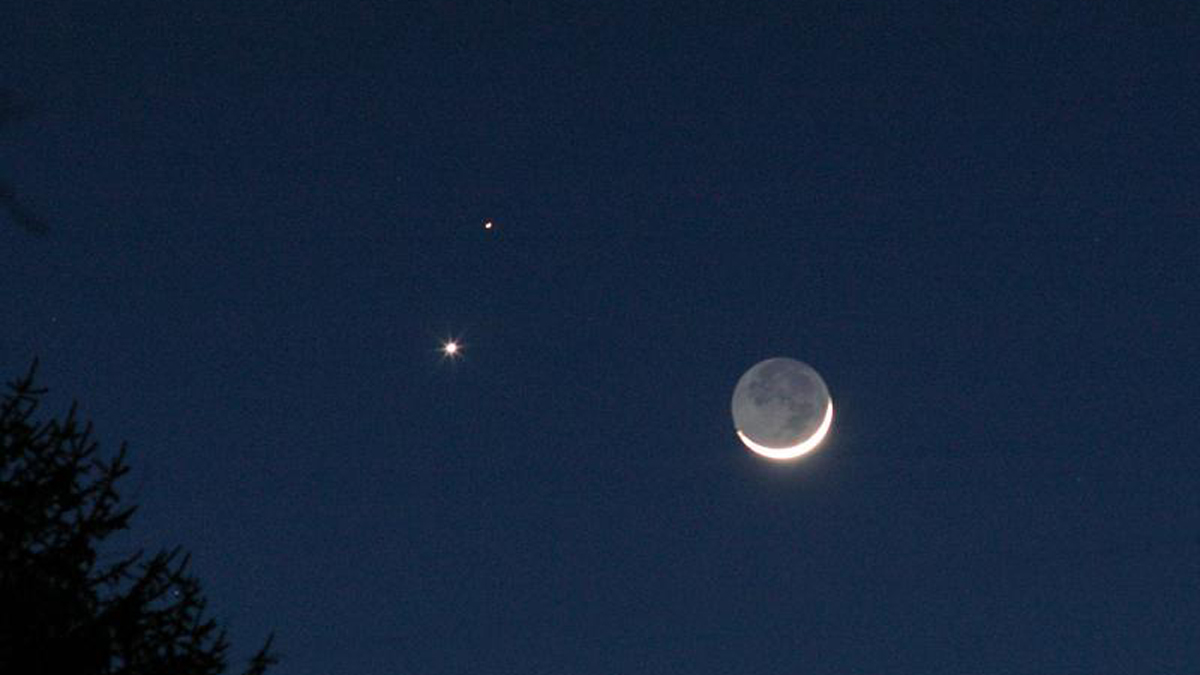 Venus and Jupiter conjunction: how can I see 'Star of Bethlehem' event?
Venus and Jupiter conjunction: how can I see 'Star of Bethlehem' event?Speed Read Conjunction of Venus and Jupiter will 'lift our attention away from our own little world into the enormous things beyond'
-
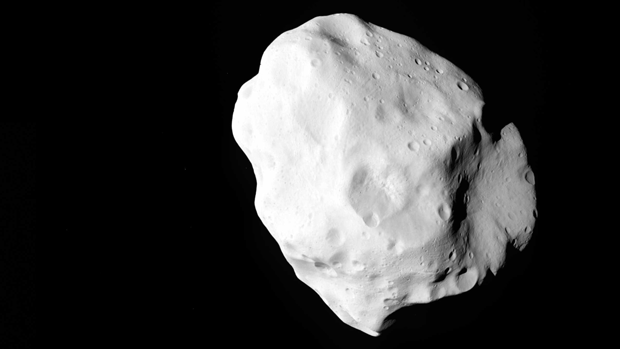 Giant asteroid 2004 BL86 to buzz Earth in celestial 'near miss'
Giant asteroid 2004 BL86 to buzz Earth in celestial 'near miss'In Depth Don't panic: the asteroid will miss us by a comfortable 745,000 miles – but nothing will get closer until 2027
-
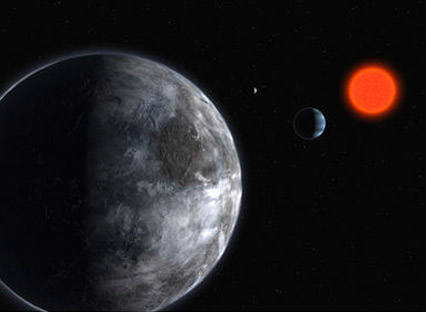 Alien earth 'could support life', but what is Kepler 438b like?
Alien earth 'could support life', but what is Kepler 438b like?In Depth Newly discovered planet is 40 per cent hotter than Earth – but sits in the 'Goldilocks zone' with liquid water